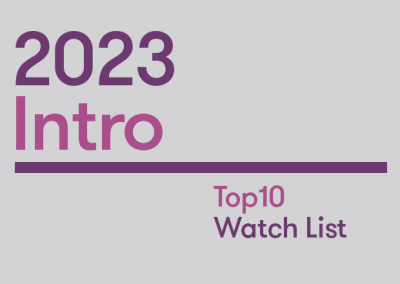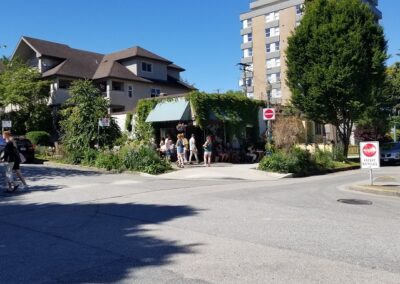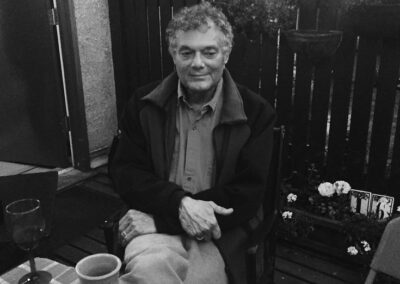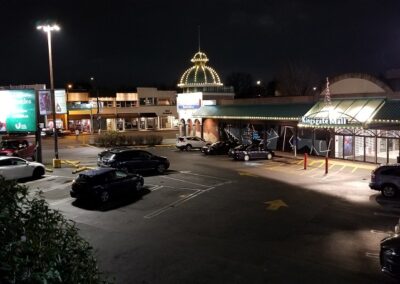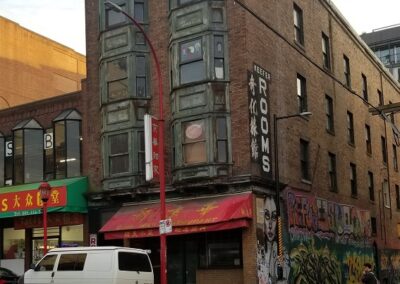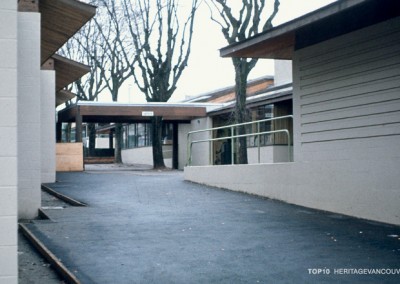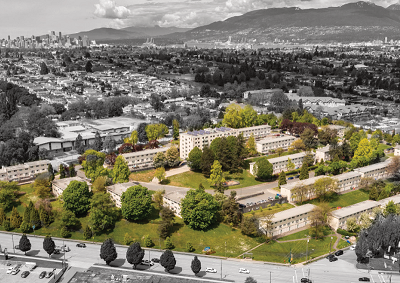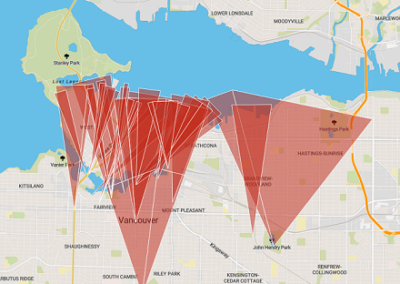The City of Vancouver and the Vancouver Board of Parks and Recreation are developing a new Commemoration Framework. It is part of the work that the City is doing to try and fulfill its commitment to the rights of Indigenous peoples, truth and reconciliation, cultural redress, equity and accessibility. This would be the first commemoration framework that the City would adopt.
Because exceedingly few Vancouver monuments, names and plaques tell the diverse stories that make up the city, this initiative is intended to create a more complete, accurate, and equitable representation of Vancouver’s history.
About
Locally, there is a lot of attention on who and what events are chosen to be celebrated and commemorated, and who and what are not. The City’s initiative is important in guiding us through how we as a city deal with the difficult histories of colonization and its celebration and how communities that have been minimized in commemoration have space to tell their stories in the ways that are important to them.
A major priority is for the City to work with the local Nations to ensure that the the xʷməθkʷəy̓əm (Musqueam), Sḵwx̱wú7mesh (Squamish), and səlilwətaɬ (Tsleil-Waututh) Nations will have the space to celebrate their cultures, memories and histories in ways that they have determined for themselves.
Heritage and Commemoration
Commemoration obviously is a topic that those who are interested in heritage are familiar with and even passionate about.
A historical reason and the commemoration of that history associated with the site is one of the two main reasons a site is given heritage status. We can take for granted why certain historic events/individuals and interpretations are chosen but oftentimes, the focus of those stories being commemorated have left out or minimized Indigenous Peoples, women, people with disabilities and the many other ethnocultural groups that make up the city. The City’s updated heritage program in 2020 set out principles to go about changing that.
The commemoration framework creates a structure with which to carry out actions regarding commemoration and the presentation of histories to the public. We feel that looking closely at this framework is particularly important for those of us involved in heritage. The preservation movement of the 1970s had a deep influence on shaping those involved in the heritage field and our opinions and approaches to commemoration.
For example, whereas it may seem obvious and natural to to think of commemorations as monuments and plaques, the new commemoration framework could expand our thinking on the different ways of commemoration many of us may not even have thought of.
It is a good opportunity for us to think deeply about the commemoration of historic events and people. Who has power to choose what and whose stories are made visible through public commemoration? But particularly, who and what was not chosen and why not?
We acknowledge the financial assistance of the Province of British Columbia

